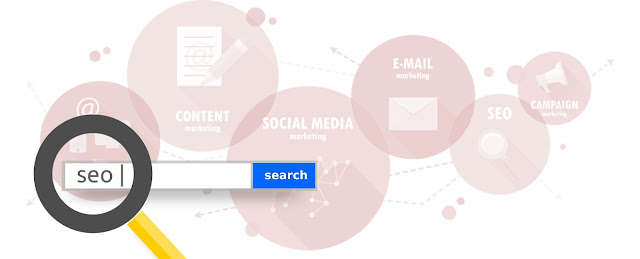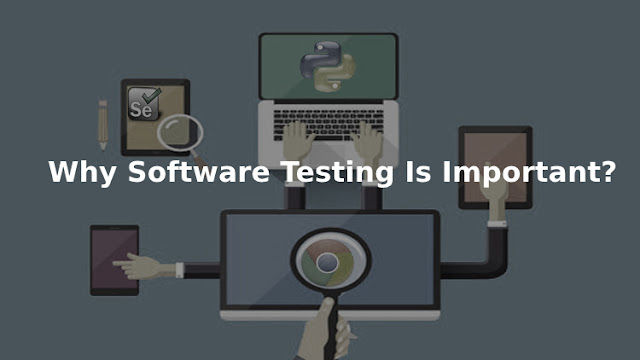Mobile App Trends To Watch In 2023
As a solutions architect, I’m always on the hunt for better resources and tools for mobile app development, as well as researching ways we can help our clients scale using state-of-the-art technology. From advanced logistical systems, foldable phones, to the latest 3PL services that can serve across phones, there are plenty of exciting things on the horizon, so let’s dive in.
1. Rise of AI-Powered Interactions
As we move into a mobile-first world, user experience is everything. Apps must be immersive and interactive, and wherever possible, adapt to the needs of the user while interacting with the codebase.
This is where artificial intelligence (AI) is beginning to emerge. Many companies already use AI in various ways, from helping them design better products and services to improving customer service interactions.
Here are some examples of how AI will be used in mobile apps in the near term:
✅ Natural language processing (NLP): Detecting and understanding the meaning of words and sentences in human language so that you can easily interact with your device.
✅ Computer vision: Using cameras and algorithms to identify objects or activities in a scene, such as recognizing faces, barcodes, text, and more.
✅ Reactive intelligence: Automatically responding to changes in your environment by gathering data from sensors, databases, and other sources. For example, a smart home device might use reactive intelligence to react to your presence by turning on lights or adjusting the thermostat, while a large warehouse could alert personnel of depleted inventories when in Wi-Fi range of sensor that tracks inventory.
2. Beacon Technology Will Rule Retail
The beacon technology industry is growing rapidly. The global beacon technology market was valued at $519.6 million in 2016. It is estimated to increase at a CAGR of 59.8% to reach about $56.6 billion by 2026.
Beacons are small, battery-powered devices that send signals over Bluetooth Low Energy (BLE) to provide exact data to smartphones or other nearby mobile devices. When a smartphone receives a beacon signal, it can then interact with the beacon by displaying an app or sending relevant information back to the device.
Beacon technology is useful in various industries, like retail, healthcare, health and fitness and hospitality, to name a few. For example, in retail, beacons can track customers as they walk through a store, allowing marketers to send offers and coupons for products that shoppers may be interested in directly to their mobile device.
Beacons can also be used to send notifications to employees when they are needed on the floor or in a specific building area.
When leveraging beacon mobile app development, you can:
▪ Create interactive marketing campaigns.
▪ Engage with customers in your store.
▪ Increase conversion chances by sending personalized offers as they walk through the store.
▪ Provide relevant information on demand.
3. More Emphasis on App and Data Security
Security plays a key role in designing mobile apps, especially as consumers become more aware of the risks to their personal information and identity. That said, and while app developers emphasize app and data security, blockchain will continue to serve as a viable means to conduct transactions securely. Blockchain’s potential in the app security space lies in its ability to provide transparency and immutability — two pillars of solid security.
Blockchain is a distributed ledger technology that can be used to facilitate transactions of all kinds, from financial payments to digital identity.
Blockchain makes apps more secure by providing a decentralized system where data cannot be tampered with or duplicated without authorization from all parties involved in the transaction. This means that once data is recorded in a transaction, it cannot be deleted or changed without leaving an audit trail behind that shows who made changes and when those changes were made. This makes the platform secure, and thus its name “block” “chain” -- every transaction is “linked” or “chained” together.
4. Geofencing Will Dominate App Marketing
Like beacon technology, geofencing also helps you send targeted messages to customers based on location. The difference is that beacon technology uses BLE to transmit information, whereas geofencing relies on GPS or RFID.
Geofencing can help you:
▪ Deliver personalized information or offers based on customers’ current location (e.g., offer to show the nearest restaurant)
▪ Trigger automated actions based on the user's location (e.g., turn on the air conditioning when they enter their home)
▪ Enable push notifications (e.g., receive notifications about discounts and coupons in their area)
5. Wearable Tech Will Become More Prominent
Wearables are already being used in various industries, including healthcare, sports, fitness, retail, and hospitality. Wearable technology can also be used for personal use by consumers who want to track their progress or improve their medical conditions.
According to eMarketer, roughly a quarter of the US population (82.7 million people) will use a smart wearable device in 2022. This number is expected to increase to 93.7 million by 2025.
Mobile app development for wearable tech is a growing field. Here’s why:
✅ Wearable devices allow us to “wear” our health and fitness on our wrist, tracking vitals at any time of day. After the pandemic, awareness increased significantly.
✅ The hands-free nature of wearables means you can minimize your screen time (on your phone) and be more productive.
✅ Many wearables come with calling and SMS features, enabling you to communicate faster, make calls, etc. For those old enough to remember, Dick Tracy is no longer science fiction.
6. Augmented Reality and Virtual Reality
AR and VR app development is the next big thing in the world of technology. AR, or Augmented Reality, is a technology that superimposes digital information over the user's view of the real world. In contrast, VR or Virtual Reality is an artificial environment created by computer technology. Think Meta. The combination of both technologies has led to new ways to provide immersive customer experience and increase sales.
For instance, using an AR-powered app, customers can place an item in their home and view it before buying it, which helps them visualize how it will look in their space. Or consider how VR allows users to tour a property they want to buy without leaving their home! Virtual real estate agents are coming!
In both cases, this provides a more satisfying customer experience while lowering costs.
7. Personal Smart Hubs
Mobile phones have already become an integral part of our lives, and we carry them everywhere. With the continued rise of smart devices and the convenience they provide, mobile phones will become the central hub of IoT-enabled gadgets using apps and APIs, enabling users to manage all of their devices from one location. For example, Alexa allows you to turn your lights on or off with voice commands. You can even order groceries directly from your hub, and soon, you’ll be able to manage your Alexa, Google Home, your elective vehicle (EV), and all your smart devices through your phone!
8. Edge Computing Will Be the Norm
Edge computing is an emerging technology that allows users to access data and services at the edge of the network instead of sending data through centralized servers.
In simpler terms, edge computing moves the cloud near your device by processing some of your computational requirements locally or at the nearest station, also known as the edge of the cloud.
Doing so allows for faster processing, improved efficiency, and scalability than traditional cloud-based approaches. It also eliminates congestion on the network by reducing traffic that would otherwise have to travel back and forth between the device and the server.
With the adoption of the 5G network, we can soon expect every app development company to leverage edge computing to improve user experience by making apps faster and more responsive.
9. Apps for Foldable Phones Will go Mainstream
Foldable phones are the next big thing in mobile technology. They combine the best features of smartphones and wrap them up together into a single device. This creates a need to develop mobile apps suited for these devices that adjust responsively to the screen size seamlessly. It also opens up new possibilities that were before limited by the physical constraints of mobile screens. Here’s a few tips to keep in mind when considering the development of an apps using foldable phone technology.
▪ Design your app to fit multiple aspect ratios
▪ Make sure your content is readable at different resolutions and sizes
▪ Avoid hard cuts between landscape and portrait modes on one page — or transition smoothly between them
▪ Don't rely solely on Auto Layout constraints
▪ Make use of safe area insets and status bar overlays
▪ Design for both single- and dual-sided displays
Conclusion
No one can predict the future, but when it comes to technology, we can get close. There will be a growing emphasis on customer experience (CX), artificial intelligence (AI), blockchain, and wearable solutions in mobile apps for the remainder of this decade, and all of us will watch together, in awe, as we watch the opportunities unfold before our very eyes.
PhoenixBizz has been designing and developing mobile and web-based application systems since 2004. To date, we have designed and developed over $22MM in solutions for companies coast-to-coast, and across numerous business segments. Give us a call to learn more about our recently completed projects, read recent letters of recommendation, and to discuss how we can serve both your project and your company goals.
Source Link "https://www.phoenixbizz.com/blog/mobile-app-development-trends"






Comments
Post a Comment